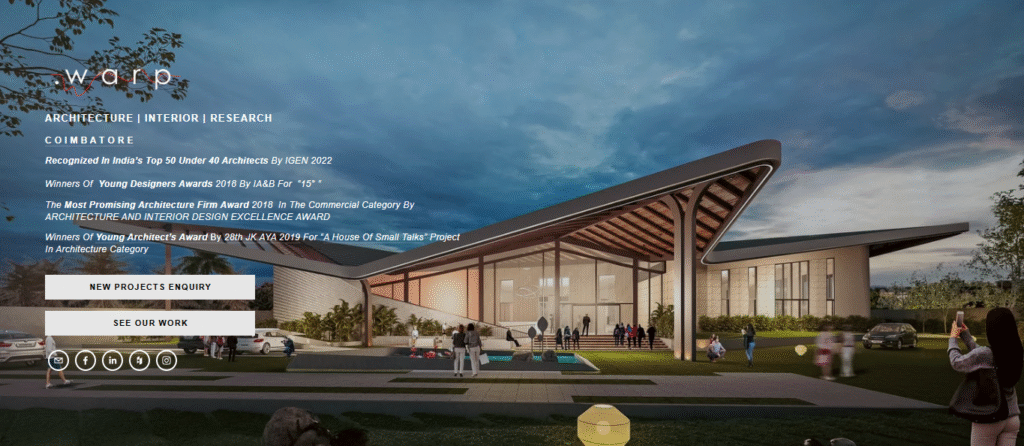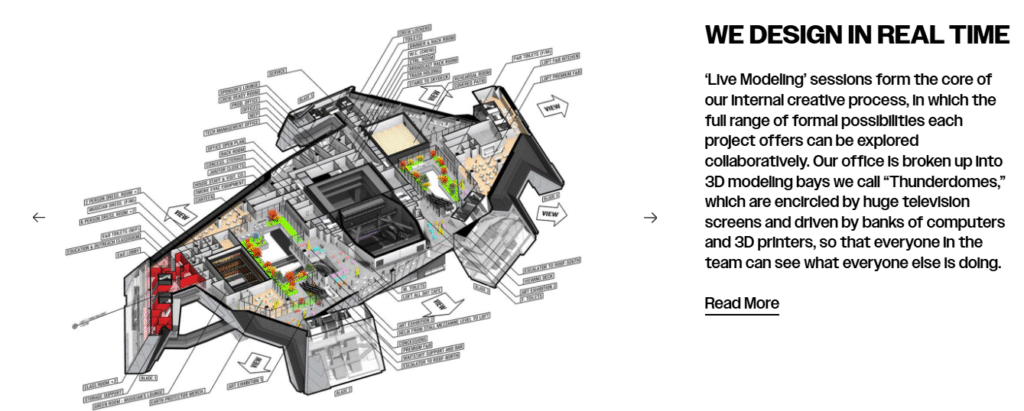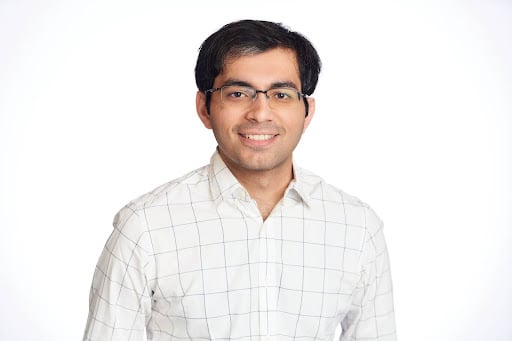For many architects, fabrication is a necessary final step. For Dheer Talreja, it is the foundation of design itself.
He views technical skills not as limitations to creativity but as a powerful force that shapes, tests, and communicates architectural ideas with precision and clarity. Throughout his career, Dheer has advocated for fabrication as a design language, capable of transforming vision into tangible form, meaning, and experience. This perspective was developed through an academic journey that integrated cultural insight, technical expertise, and practical experimentation.
Origins and Early Foundations
Dheer’s architectural path began at Nirma University in Ahmedabad, India (2014 to 2019), where he cultivated a balance between conceptual exploration and technical execution.
While many peers focused on either creative design or structural systems, he pursued both. He was curious not only about what buildings could express but also how they could be built.
That curiosity extended beyond the classroom.
In 2019, he joined a summer studio at ETSAM in Madrid, where he studied the revitalization of urban heritage.
Immersed in a new cultural context, he developed a broader view of architecture’s social and material dimensions. This formative experience laid the groundwork for the next phase of his education, one that would further expand his toolkit and worldview. These early experiences instilled habits of discipline and inquiry that continue to guide his practice today, rooting his later innovations in a deep respect for process and mentorship.
Education as Innovation
Dheer’s next chapter brought him to Los Angeles, where he earned a Master of Architecture II at the Southern California Institute of Architecture (SCI-Arc) in 2022. SCI-Arc’s experimental culture aligned seamlessly with his growing interest in digital design and fabrication.
There, he explored the intersection of speculative design and material behavior, creating work that integrated digital tooling with physical making. His projects, exhibited at the SCI-Arc Spring Show and 1.5°C: Architecture Against Climate Change, reflected a commitment to pushing architectural boundaries while maintaining technical integrity.
This education not only sharpened his design voice but also deepened his understanding of fabrication as process and philosophy. It was an approach he would soon apply in his professional practice.
Professional Beginnings at WARP Architects

(Image: Warp Website)
Prior to his graduate education, Dheer joined WARP Architects as an intern in 2018, where he translated his academic foundation into real-world application.
Right after completing his undergraduate degree in late 2019, he continued at WARP as a Junior Architect on a range of residential and commercial projects. He oversaw technical drawings, coordinated with vendors, and managed on-site implementation.
With this solid foundation in place, Dheer set his sights on a more specialized role. He sought opportunities that would allow him to integrate design authorship with hands-on making further.
Expanding Role at Tom Wiscombe Architecture

(Image: TWA Design In Real Time | TWA)
In 2023, Dheer joined Tom Wiscombe Architecture (TWA) in Los Angeles, where his multifaceted role brings together design, fabrication, and systems leadership.
As Project Designer, he contributes to cultural and competition work, developing early-stage concepts, detailed drawings, and compelling presentation materials. In parallel, he leads the studio’s prototyping efforts as Model Supervisor, with notable projects such as the 1:150 QPAC model. This technically complex artifact required advanced joinery, a strategic fabrication approach, and iterative refinement.
Beyond design and model-making, Dheer also serves as Chief Technical Officer (CTO). He manages over 25 3D printers, maintains IT infrastructure, and ensures continuity between digital and physical workflows. This behind-the-scenes stewardship is crucial to ensuring the studio’s innovative processes run smoothly.
He has contributed to design competitions, with four of eight entries progressing to later stages. Notably, he led a five-member team through the first phase of a residential design competition, uniting conceptual development with presentation strategy. These early leadership experiences confirmed his ability to navigate creative direction and technical execution effectively.
The integration of these roles has reinforced Dheer’s belief that great architecture is not only about vision. It is also about building the systems that make vision possible.
Philosophy and Technical Fluency
Across every stage of his journey, Dheer has treated fabrication not as an afterthought but as a thinking tool.
“I view architecture as a discipline where ideas are most powerful when they are both imaginative and tangible. My guiding principle is to approach design as a craft, merging creativity with detail and vision with execution.”
For him, model-making is not just a way of representing ideas, but a space for inquiry, where form is tested, assumptions are challenged, and spatial concepts take shape through material feedback.
His technical fluency reflects range and depth. He applies a high level of proficiency with digital tools to conceptualize, visualize, and refine complex architectural concepts. Equally important are the personal values behind his craft—patience, mentorship, and precision. Colleagues describe his studio presence as collaborative and disciplined, with a focus on elevating collective quality rather than individual authorship. These traits have earned him respect as both designer and teacher within the workshop.
On the fabrication side, his hands-on experience spans 3D printing, carpentry, ceramics, laser cutting, and traditional model-building techniques, giving him a comprehensive understanding of how materials and processes inform design.
This hybrid expertise enables him to transition seamlessly from digital ideation to physical realization, thereby strengthening his ability to communicate complex ideas with clarity and craft.
It has also elevated his contributions in numerous international design competitions, where his leadership in fabrication consistently helped teams advance, refine visual storytelling, and set new standards for precision in presentation.
Challenges That Shaped Him
Navigating demanding environments, whether in India or the U.S., has honed Dheer’s resilience and adaptability. Working on fast-paced competition deadlines and evolving project briefs, he learned to lead teams, troubleshoot technical issues, and streamline workflows under pressure.
At TWA, his dual perspective as designer and CTO has deepened his appreciation for the infrastructure behind innovation. From calibrating machines to managing digital assets, he understands that bold ideas rely on systems that work, and on people who can bridge the gap between concept and implementation.
These experiences continue to reinforce his conviction that architecture succeeds when technical fluency and creative ambition work in tandem.
Looking Toward the Future
Today, with global education and cross-continental practice behind him, Dheer is now focused on expanding his leadership in architecture. He seeks roles where design and delivery are fully integrated, where ambition is matched by material intelligence.
He envisions a studio rooted in speculative design, fabrication innovation, and architectural realization, a place where craft drives the process rather than concludes it. Having established his practice across India and the United States, Dheer now aims to deepen his contributions within the American architectural landscape, bridging cultural design thinking with advanced fabrication methodologies to help shape a more sustainable, expressive built environment.
For Dheer, the future lies in dissolving the boundary between imagination and making, ensuring that architecture is as buildable as it is visionary.



